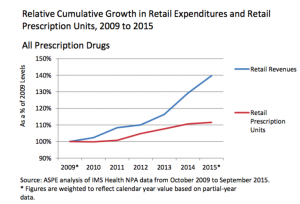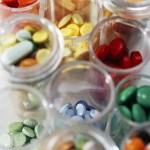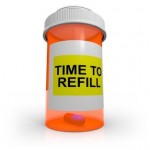Some Pharmacies Charge More than Allowed
The Washington Post ran an article about a Medicare Part D drug plan enrollee. Her late father had been a pharmacist and owned a small drugstore while she was growing up. She thought it would be neat to patronize a small, independent drugstore to refill a prescription – and she found one in her preferred pharmacy network. A 90-day prescription refill that should have cost her a $3 co-pay turned out to be $58. Whoa; what’s the deal she inquired? On this particular prescription, the drugstore stood to lose some money so it claimed. Or, maybe its profit margin wasn’t as high as it thought it should be. It asked its customer to willingly throw in an extra $55 towards the cost of the prescription to pad its bottom line. Of course, this violated the contract the drugstore had signed with the Medicare Part D plan.
As the article explained, when drug plans negotiate with drugstores, they often drive a hard bargain. But the carrot they dangle to drugstores is a lot of increased business. Profits per script may be low; but the number of scripts is far higher. While in the drugstore, there’s a good chance the patron will pick up a bottle of aspirin, maybe some bandages.
The author said many of the smaller drugstores claim they cannot make any money on the low reimbursements (known and maximum allowable cost) that drug plans pay. But they also aren’t willing to forgo all the potential customers, so they hope you don’t notice the prices are higher than what they agreed to in their contract. Basically, the store gets reimbursed its contractual amount and charges a co-pay far more than the customer was supposed to pay.
The author left without her prescription, which she bought elsewhere. The moral of the story: be on the lookout for price gouging. It may not be part of the contract, but some stores will try to charge higher prices rather than sell a particular drug cheaper than they feel it’s worth.
Oh by the way, lawmakers in Oklahoma are trying to make it easier for drugstores to engage in this behavior even if it violates their contract terms. Read my Health Alert, These Politicians Must be on Drugs (or Maybe They Should Be).





